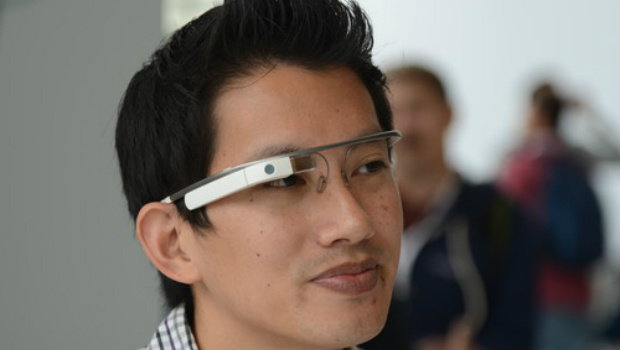Google Glass’ latest software update has revealed a little more about how Mountain View is experimenting with using facial expressions and movements as commands.
Included in the latest update (XE12 for those keeping track) will be a new ‘wink’ function that allows users to capture a photograph with a simple wink of their right eye. Users can turn it on or off by swiping over to Settings. It will even work when the display is off.
Aside from the eyelid-centric UI, users will still be able to capture images with the headset’s physical camera button or by issuing the voice command’ok glass’.
In order to take advantage of the new function users will need to have a Glass device purchased after 28 October or have taken part in the complimentary swap for the latest hardware.
The company promises that winking will find future functionality beyond photos. As the company describes in G+ post.
We’re starting with pictures, but just think about what else is possible. Imagine a day where you’re riding in the back of a cab and you just wink at the meter to pay. You wink at a pair of shoes in a shop window and your size is shipped to your door. You wink at a cookbook recipe and the instructions appear right in front of you – hands-free, no mess, no fuss. Pretty cool, right?
In addition, Mountain View has added a slew of new software goodies. XE12 will deliver a lock screen that will activate whenever Glass is powered down or the device detects that it has been removed from your head. Users unlock their device by replicating a pattern of taps and swipes.
Glass explorers will also find deeper integration with Google products including Google Play Music All Access; Hangouts for chats, photos, and video calls; and a simplified process for sending videos directly to YouTube.
The company also announced a forthcoming iOS version of the MyGlass app. This expansion of the Glass ecosystem beyond Android is a smart move. It provides Glass with a better shot at mass adaption than new hardware like smartwatches such as Samsung’s Galaxy Gear.
A version of this article originally appeared on TechHive








Subscribers 0
Fans 0
Followers 0
Followers